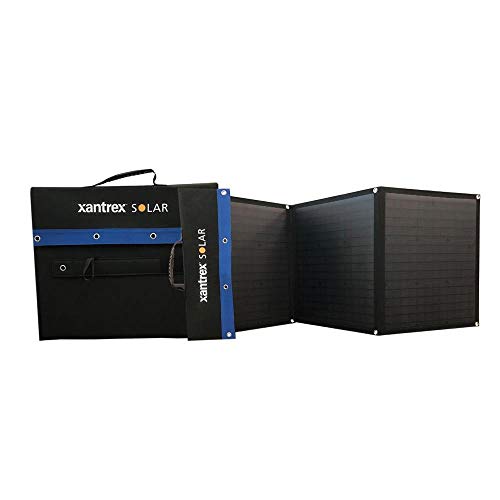HumbleBeginnings
Well-known member
Progress! We wanted to make it to a vanlife gathering in San Diego this weekend, so the mission was to get the bed done. Around 10pm Friday night we finally finished it (there was a slight incident with power saw on Wednesday that caused some delays). It was great to get out and try our new bed. At 6'1" I'm definitely a bit cramped laying sideways... if my memory is correct I think it's 69.5" wide at our bed's platform height. But, it worked and I sleep in lots of weird positions anyways. If I decide I can't take it, we can build on an extension and turn the mattress.
Here's the finished framing:

And the finished platform with some 1/8" plywood just to keep the memory foam mattress from squishing through over time:

And here's a shot of the van gathering on Fiesta Island in San Diego:

I never could get all the vans in one shot, but I heard estimates of 35-40 that showed up. It was really cool to meet van people in real life, see their rigs, and talk shop. We met about 6 full-timers; the rest were aspiring vanlifers like us, or weekend warriors. At the end of the night a couple full-timers invited us to their stealth spot for the night... what a welcoming gesture! It felt like our first little taste of REAL van life, even though we've camped in it several times already.
But, no rest for the wicked! We've got a Yosemite trip in a few weeks and NO cabinets, and our Indel TB51 has shipped but hasn't arrived yet. I've got the sliders for the rear drawers but haven't started building them yet (got some great tips this weekend though!). I still need to wire our RV battery to our starting battery, and I need to double check my roof measurements and place a solar order. Busy busy busy!
Aaron
Here's the finished framing:

And the finished platform with some 1/8" plywood just to keep the memory foam mattress from squishing through over time:

And here's a shot of the van gathering on Fiesta Island in San Diego:

I never could get all the vans in one shot, but I heard estimates of 35-40 that showed up. It was really cool to meet van people in real life, see their rigs, and talk shop. We met about 6 full-timers; the rest were aspiring vanlifers like us, or weekend warriors. At the end of the night a couple full-timers invited us to their stealth spot for the night... what a welcoming gesture! It felt like our first little taste of REAL van life, even though we've camped in it several times already.
But, no rest for the wicked! We've got a Yosemite trip in a few weeks and NO cabinets, and our Indel TB51 has shipped but hasn't arrived yet. I've got the sliders for the rear drawers but haven't started building them yet (got some great tips this weekend though!). I still need to wire our RV battery to our starting battery, and I need to double check my roof measurements and place a solar order. Busy busy busy!
Aaron

































































